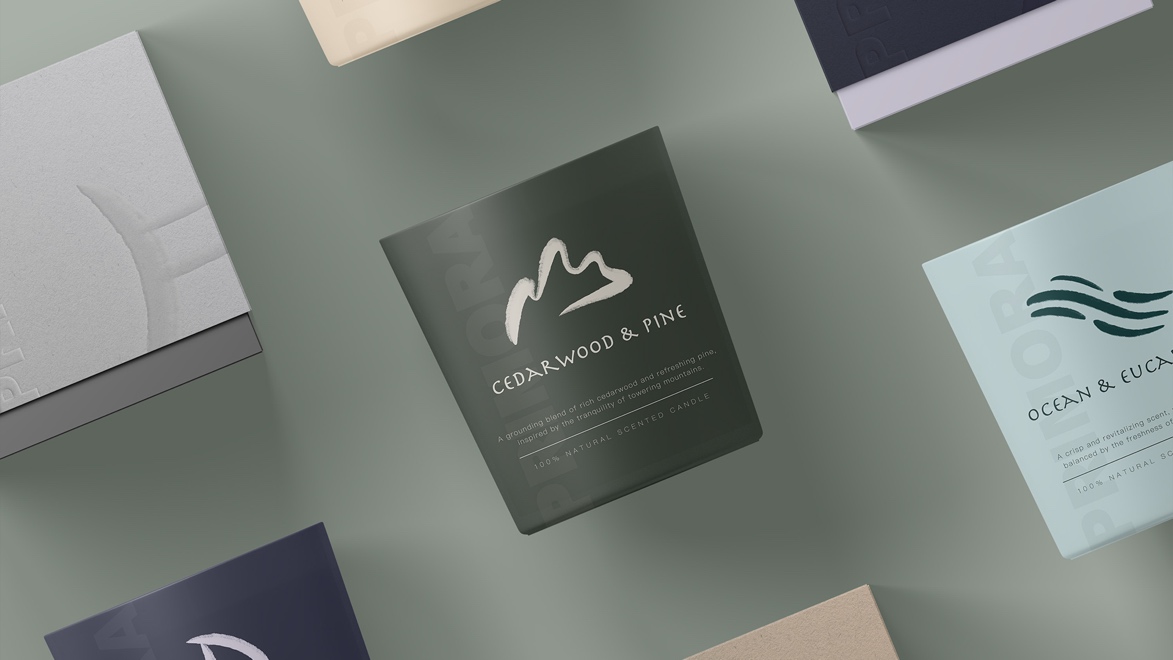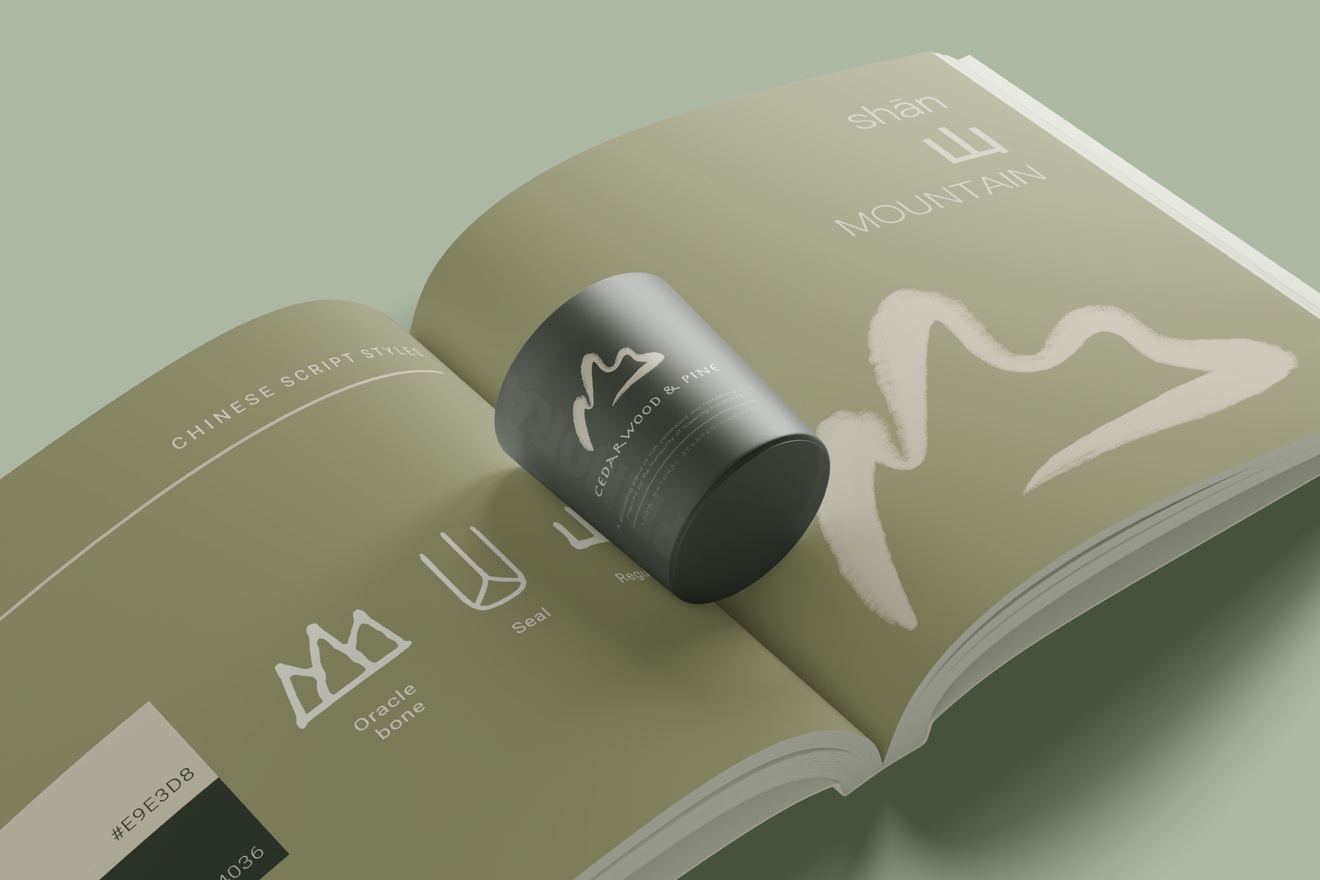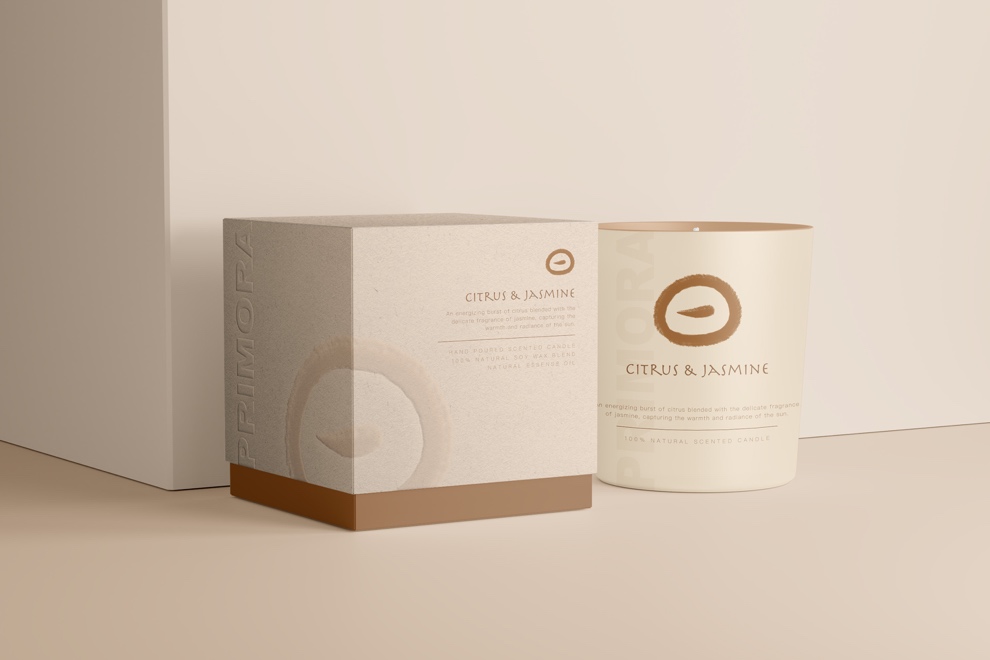Blending the ancient with the contemporary is no simple task, yet designer Ruiqi Sun has dedicated herself to connecting the past with the present. Her project, Nature in Scents, Time in Scripts, brings this vision to life by merging traditional Chinese craftsmanship with modern design concepts. The result is a thoughtful exploration of heritage through a contemporary lens.
Sun’s journey took a significant turn when she collaborated with local cultural and tourism bureaus in Guizhou, China. Immersed in the region’s rich traditions, she saw how visual storytelling could help preserve cultural heritage while making it relevant to today’s world. This experience sparked the idea for Nature in Scents, Time in Scripts, a project that reinterprets oracle bone script—one of the earliest forms of Chinese writing—through modern graphic design.
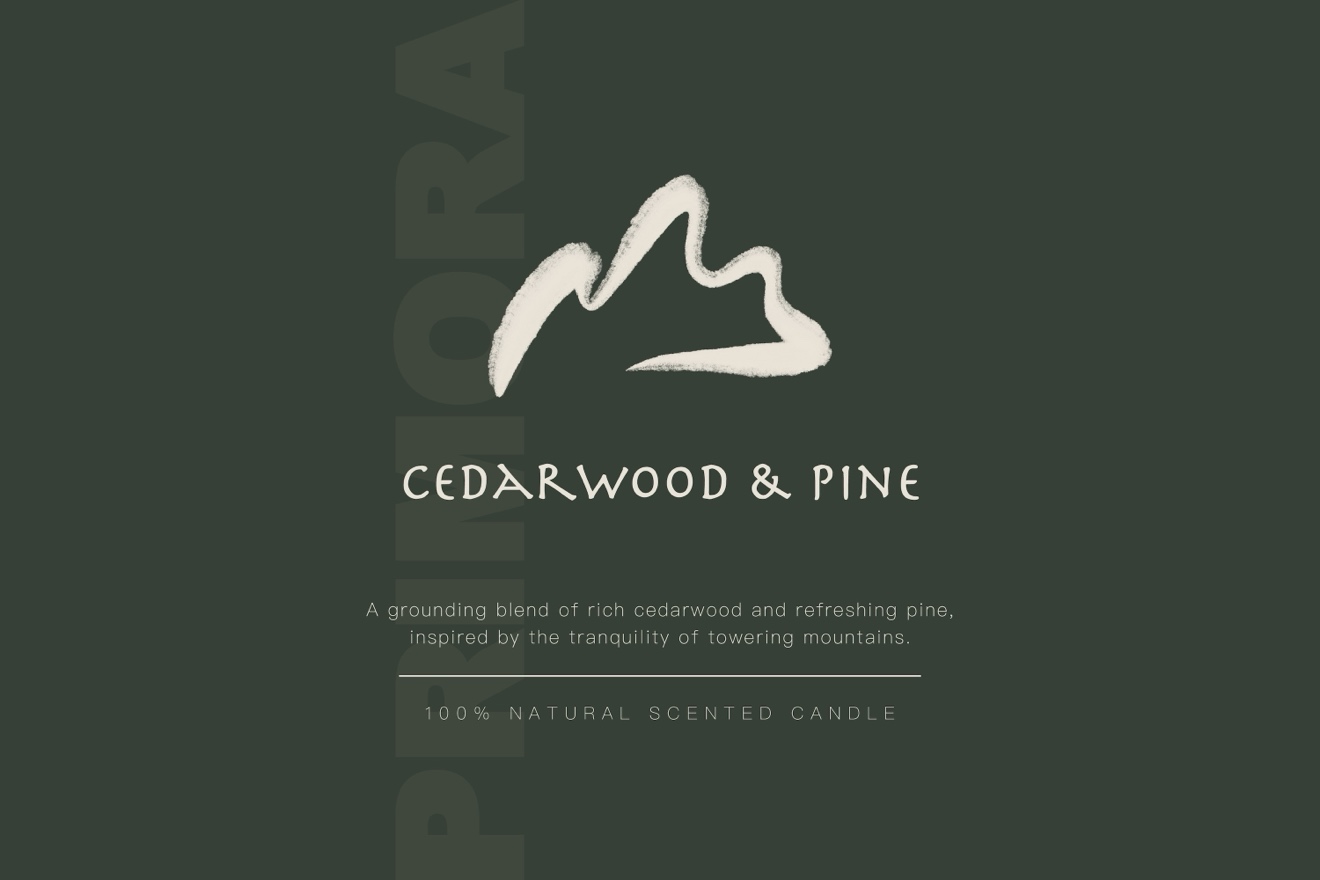

The project features a series of candle packaging designs, each one carefully adorned with calligraphy and symbols inspired by oracle bone script. Sun pays close attention to detail, using earth tones and textured materials to reflect a sense of natural authenticity. The symbols are rendered with precision, honoring their historical roots while reimagining them in a sleek, modern style. The designs feel like a bridge between ancient artifacts and contemporary products, making heritage more accessible and engaging.
The process wasn’t without its challenges. Balancing the integrity of traditional symbols with modern aesthetics required a delicate touch. Sun managed to achieve this balance, creating designs that are both respectful of history and relevant to the present. Each piece invites the viewer to reflect on the past while appreciating its place in today’s world.
Her commitment to this approach hasn’t gone unnoticed. Nature in Scents, Time in Scripts earned recognition from the 61st GDUSA Design Awards and was featured in Creative Quarterly 78. These awards highlight the project’s success in blending cultural preservation with contemporary design, placing Sun’s work on an international stage.

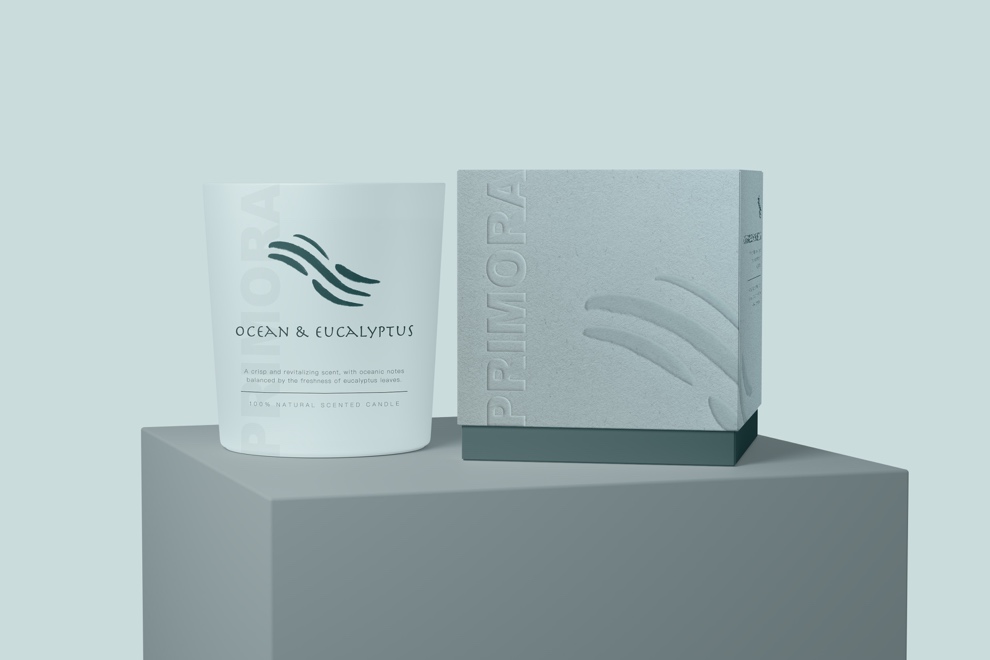
For Sun, design is more than creative expression; it’s a way to care for and preserve culture. She believes designers have a role to play in making heritage accessible, especially to younger generations who may feel disconnected from traditional crafts. To bridge this gap, she sees potential in technologies like augmented reality (AR) and virtual reality (VR). Imagine being able to explore a virtual reconstruction of an oracle bone, turning it over to examine the inscriptions up close. These interactive experiences could make history feel more real and immediate.
Sun also believes that 3D animation and video storytelling can breathe new life into intangible heritage. Visualizing the process behind traditional crafts like pottery-making or textile-weaving could help younger audiences appreciate these practices in a way that feels relevant and engaging.
Nature in Scents, Time in Scripts reflects Ruiqi Sun’s dedication to preserving cultural heritage through design. By combining ancient symbols with modern aesthetics, she creates work that speaks across generations and cultures. Her project shows how design can keep the past alive while inspiring the future. Through her thoughtful approach, Sun ensures that the stories of the past remain a meaningful part of today’s world.
